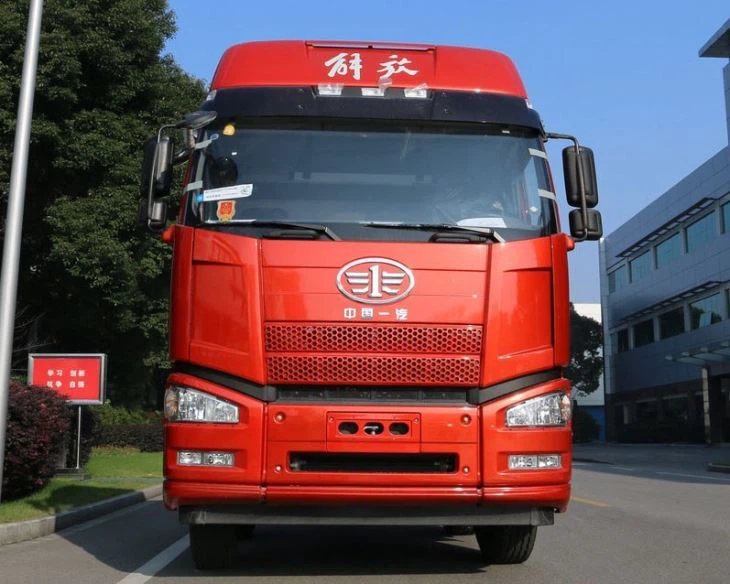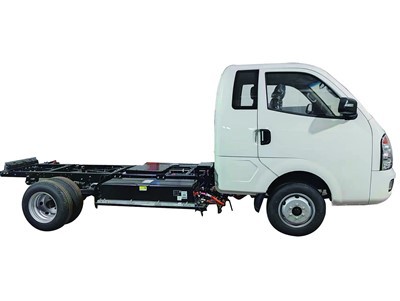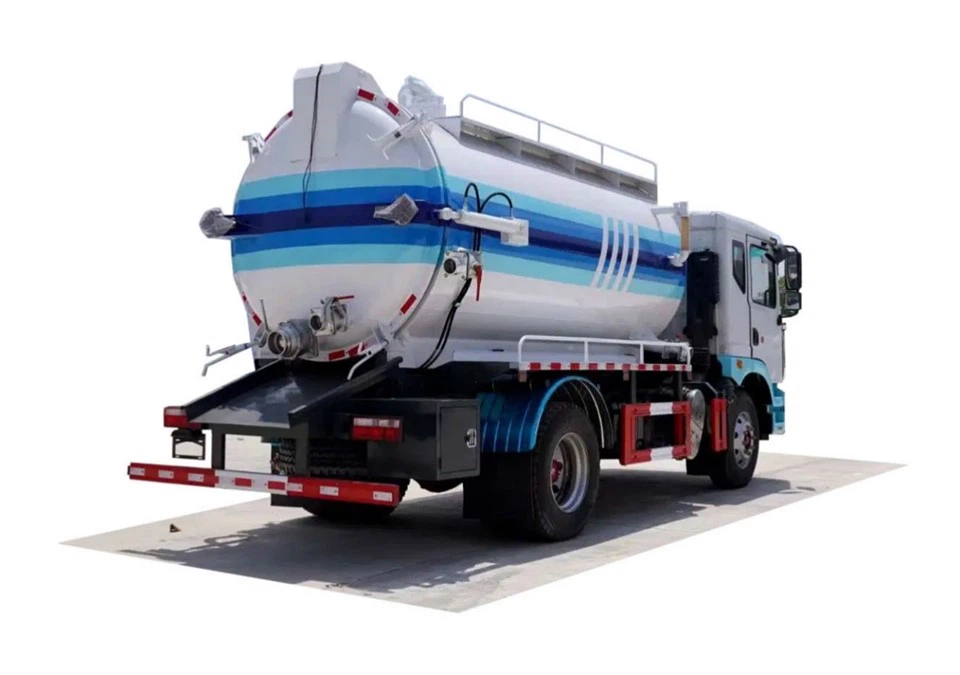Maximizing Your Reach: The Ultimate Guide to Truck and Equipment Posts

In today’s marketplace, effectively showcasing your trucks and equipment is essential for businesses in construction, logistics, and equipment rental. Knowing how to craft an engaging truck and equipment post can help draw in customers, build trust, and ultimately make sales. This comprehensive guide will dig deep into everything you need to know about writing compelling truck and equipment posts, covering various strategies, examples, and tips.
Understanding the Importance of Truck and Equipment Posts
Truck and equipment posts play a critical role in business marketing. They serve as a platform to inform potential customers about the availability, condition, and special features of your vehicles and equipment. Here’s why they are vital:
Visibility and Reach
Effective posts can enhance your visibility online, especially when combined with SEO strategies. This can lead to increased traffic to your business’s website and social media pages.
Customer Engagement
Well-crafted posts engage potential customers, encouraging them to ask questions, share your posts, or visit your store or website for more information.
Building Credibility
A detailed and transparent post demonstrates professionalism and builds trust with your audience, which is crucial for making sales.
Creating an Effective Truck and Equipment Post
Know Your Audience
Understanding your audience is the first step in creating an effective post. Are they contractors, logistics companies, or specific trade professionals? Tailor your content accordingly.
Define Customer Needs
Conduct surveys, engage in social media conversations, and gather feedback to understand what equipment or trucks your target market is looking for.
Use of Personas
Create customer personas that include demographics, preferences, and buying behaviors to guide your post’s tone and content.
Structure of Your Post
A well-structured post enhances readability and engagement. An ideal structure includes:
Attention-Grabbing Headline

Use compelling headlines that highlight key features or benefits of the equipment or truck. For example, “Why Our New Caterpillar D6 Dozer is the Best Choice for Your Next Project.”
High-Quality Images
Include high-resolution images from multiple angles to showcase the equipment effectively. This helps customers visualize the product and increases trust.
Detailed Description
Provide a comprehensive description that includes specifications, features, and benefits. Be sure to highlight unique selling points.

| Feature | Description | Benefits |
|---|---|---|
| Engine Type | Cat C7.1 Diesel | Increases fuel efficiency by 20% |
| Operating Weight | 15,500 lbs | Enhanced stability and maneuverability |
| Blade Width | 8 ft | Improved clearing efficiency |
SEO Techniques for Truck and Equipment Posts
Keyword Research
Identify relevant keywords your target audience is likely to use when searching for trucks or equipment. Use tools like Google Keyword Planner or SEMrush.
On-Page SEO Strategies
Incorporate these techniques to optimize your post:
Use of Keywords
Integrate keywords naturally throughout your post, including titles, headers, and image alt texts. Avoid keyword stuffing.
Meta Descriptions
Craft compelling meta descriptions that encourage clicks by summarizing your content in 155 characters or less.
Internal and External Linking
Link to relevant internal pages or external resources to enhance the value of your content and improve SEO.
Enhancing Visual Appeal
Incorporating Multimedia
Utilize various forms of media to capture attention:
Videos
Include demonstration videos of trucks or equipment in action. Videos can show how the equipment works and highlight its features.
Infographics
Visual representations of data about trucks or equipment can simplify complex information and enhance engagement.
Use of Social Media
Promote your posts on platforms like Facebook, LinkedIn, and Instagram. Use hashtags for wider reach and engagement.
Examples of Effective Truck and Equipment Posts
Example 1: Heavy-Duty Pickup Truck
“Get the job done right with our 2021 Ford F-350 Super Duty! This truck comes equipped with a powerful 6.7L Power Stroke V8 Diesel engine, boasting a towing capacity of up to 37,000 pounds. Perfect for heavy hauling during construction projects!”
Example 2: Construction Equipment
“Introducing the Komatsu PC210LC-11 Excavator! With its new 4-cylinder engine, this machine provides excellent fuel efficiency and reliability. Ideal for earthworks and heavy lifting tasks, it comes with adjustable tracks for improved maneuverability.”
Common Mistakes to Avoid in Truck and Equipment Posts
Lack of Specifics
Avoid vague descriptions. Always provide detailed information about the equipment—customers want to know specs, features, and the conditions of the vehicles.
Neglecting SEO
Failing to optimize your posts significantly limits their reach. Make SEO a priority from the start.
Ignoring Customer Questions
Always respond to comments or questions on your posts. This builds a relationship with your audience and shows you value their inquiries.
Tips for Better Truck and Equipment Marketing
Leverage Customer Testimonials
Include reviews and ratings from customers who have used your trucks or equipment. Positive feedback enhances credibility.
Offer Promotions and Discounts
Highlight any ongoing promotions or discounts in your posts to entice potential customers to make a purchase.
Regular Updates
Keep your posts updated with current information about availability and pricing to maintain relevance and encourage return traffic.
FAQs about Truck and Equipment Posts
What types of posts work best for trucks and equipment?
Posts should focus on high-quality images, detailed descriptions, and customer engagement through questions and comments.

How often should I post about new equipment?
Maintain a consistent posting schedule, ideally once a week, to keep your audience engaged and informed about new arrivals.
Do I need to include pricing in my post?
Including pricing can be beneficial, but make sure it’s updated regularly to avoid customer confusion.
What platforms are best for sharing my posts?
Utilize social media platforms like Facebook, Instagram, and LinkedIn, as well as your official website and blog.
Are there any legal considerations I should keep in mind?
Be aware of advertising regulations related to equipment sales in your area and always include disclaimers if necessary.
Can I repost customer feedback in my posts?
Yes, sharing customer testimonials is an excellent way to build trust and credibility within your post. Just make sure you get permission first.
